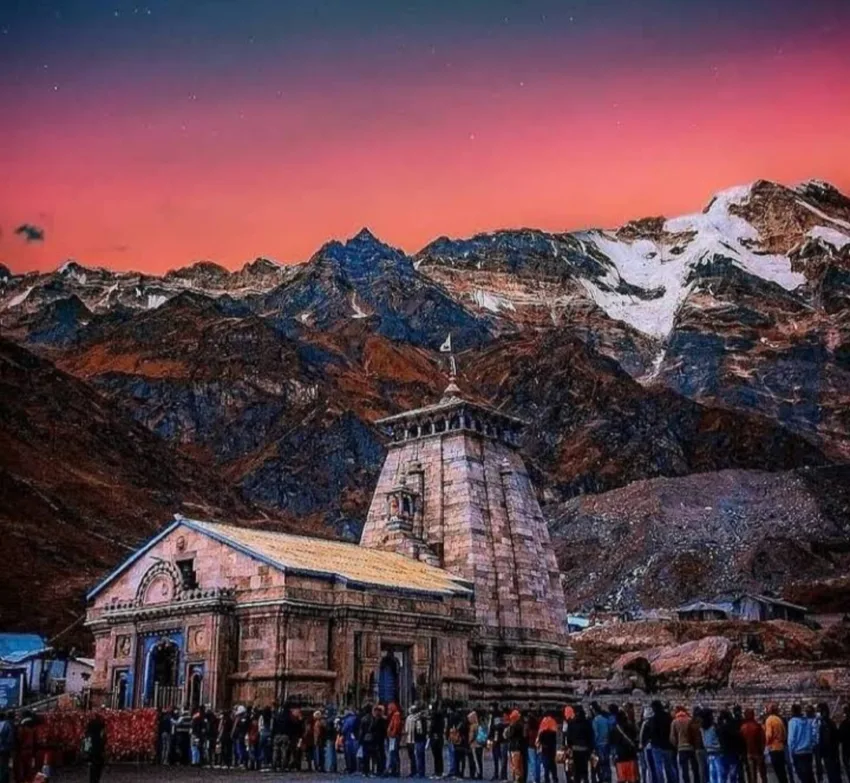I always had a keen desire to visit the sacred Kedarnath temple located in the snowy mountains of the Himalayas. Finally, the day arrived when I decided to make this spiritual journey from the bustling city of Delhi. The distance from New Delhi to Kedarnath Jyotirlinga is around 430 Km. In this article, I will share my personal travel experience and provide you with valuable insights on how to reach Kedarnath from Delhi.
Planning Phase
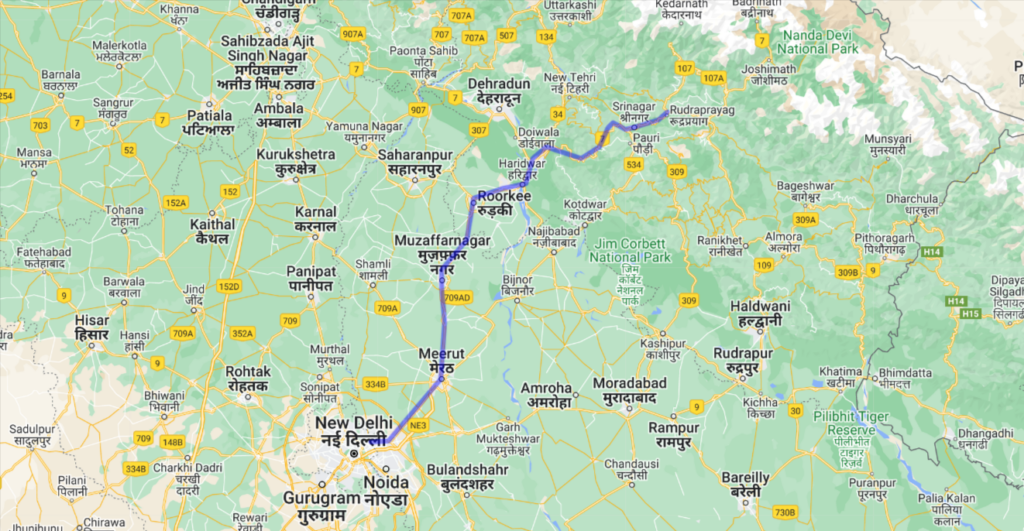
To ensure a smooth travel experience, I wanted to make sure I had planned and organized my journey well. The first task was to decide which mode of transportation I should opt for. The journey from Delhi to Kedarnath can be completed either by air, rail, or road.
To make the right choice, I evaluated the pros and cons of each option. I considered factors such as cost, time, comfort, and the overall journey experience.
Flying from Delhi to Dehradun
The air route seemed to be the most appealing option to reach Kedarnath quickly. Jolly Grant Airport in Dehradun is the nearest airport to Kedarnath, which is approximately 256 kilometers away.
I explored this option and discovered there were several flights operating between Delhi and Dehradun daily, with operators such as Air India, IndiGo, and SpiceJet.
This is indeed the fastest way to reach the starting point of the journey to Kedarnath but also the most costly.
I considered the convenience of reaching Dehradun in about an hour from Delhi; however, I was also aware that air travel could be expensive, especially if not booked in advance, and I wanted to stick to my budget.
After reaching Dehradun, one would have to travel to Gaurikund either by taxi or bus. The distance between Dehradun and Gaurikund is around 245 kilometers, and the drive would take approximately 7-8 hours.
Train Journey from Delhi to Rishikesh
Next, I explored the train route, hoping for a more budget-friendly travel option. Rishikesh is the nearest railway station to Kedarnath, which is 239 kilometers away.
Multiple trains are available from Delhi to Rishikesh, such as Mussoorie Express, Hemkunt Express, Dehradun Passenger, and DDN JAN Shatabdi, providing options for different travel timings.
I browsed the train schedule and found that there were quite a few options available from Delhi, with various departure times, and accommodation classes like sleeper, AC chair car, or second seating. The duration of the train journey could vary between 5-8 hours depending on the train’s speed.
Just like with air travel, after reaching Rishikesh, one can hire a taxi or board a bus to Gaurikund. The drive between Rishikesh and Gaurikund takes around 8-10 hours to reach.
Road Trip from Delhi to Kedarnath
Lastly, I considered taking the scenic road trip for an adventure-filled journey. The distance between Delhi and Kedarnath is about 430 km.
There are regular bus services operated by Uttarakhand Roadways from Kashmere Gate, Delhi to Haridwar and Rishikesh. Alternatively, private Volvo buses also depart from Delhi to Haridwar and Rishikesh.
I realized that traveling by road provides an opportunity to explore and experience the awe-inspiring landscape of the region. From either Haridwar or Rishikesh, one can continue the journey to Gaurikund by taxi or bus.
The drive allows for beautiful views of the majestic mountains, rivers, and green valleys. This mode of transport, although quite adventurous, would be time-consuming, taking about 18-24 hours in total when considering breaks and road conditions.
Beginning the Sacred Voyage
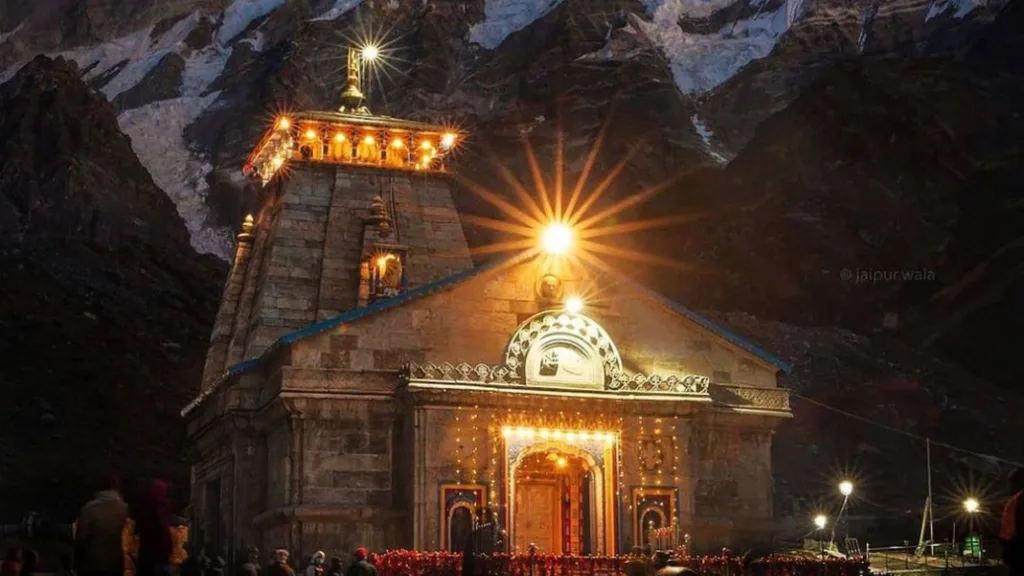
After weighing the three options, I decided to choose the train route, as it offered a balance of affordability and comfort. I packed light to make my journey hassle-free.
Upon reaching Rishikesh, I could feel the spiritual energy in the air. The town, filled with ashrams and yoga centers, swells with seekers of spiritual enlightenment. Choosing to stay the night, I explored the local temples and the famous Laxman Jhula, a suspension bridge over the holy Ganga river.
The journey from Delhi to Rishikesh was peaceful. The following morning, I joined some fellow- pilgrims in a shared taxi to Gaurikund. Engaging in conversations with these like-minded individuals made the journey even more exciting.
Embarking on the Trek
Gaurikund marked the commencement of the cherished 16-kilometre trek to Kedarnath. At an altitude of 1,982 meters, Gaurikund holds religious significance with a temple dedicated to Goddess Gauri or Parvati.
Although horses, mules, or palanquins were available for rent at Gaurikund, I decided to walk, to fully immerse myself in the experience. Walking allowed me to truly appreciate the spectacular landscape and gradually acclimate to the increasing altitude.
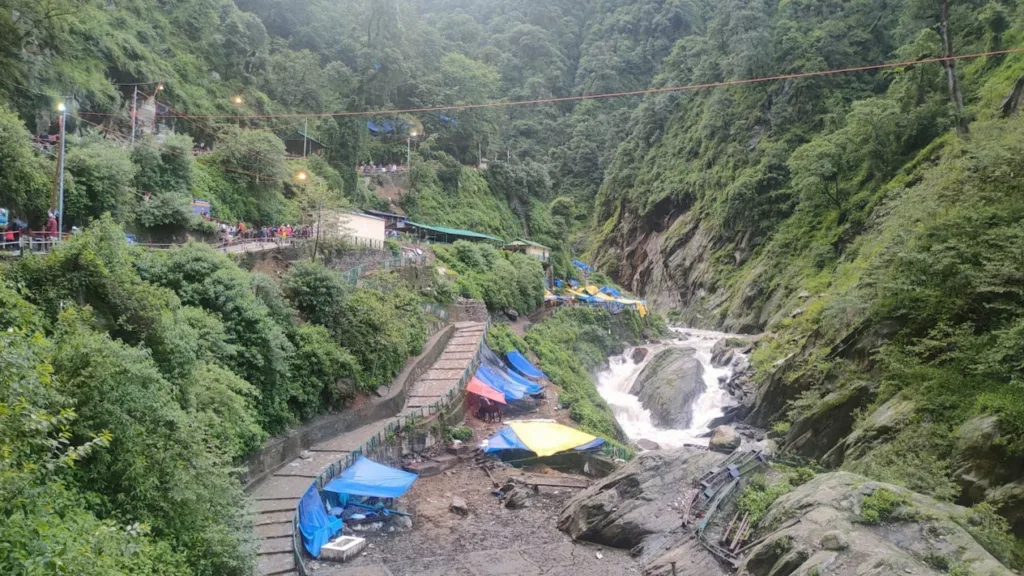
Ascending Towards Kedarnath
The trek was, without a doubt, challenging but intensely beautiful. The path, which was well-maintained and clearly marked, was dotted with small stalls offering refreshments like lemonades, buttermilk, tea, and packaged drinking water. With every step, I became more grateful for the opportunities I had to rest and recharge.
Bridges over gushing rivers and thrilling mountain bends presented themselves at every turn, and the pristine environment left me awestruck. I met several locals, and they shared stories and legends about Kedarnath, enriching my journey with colors of folklore and spirituality.
Following a climb that lasted for around seven hours, including several small breaks, I made it to Kedarnath, perched majestically at an altitude of 3,583 meters.
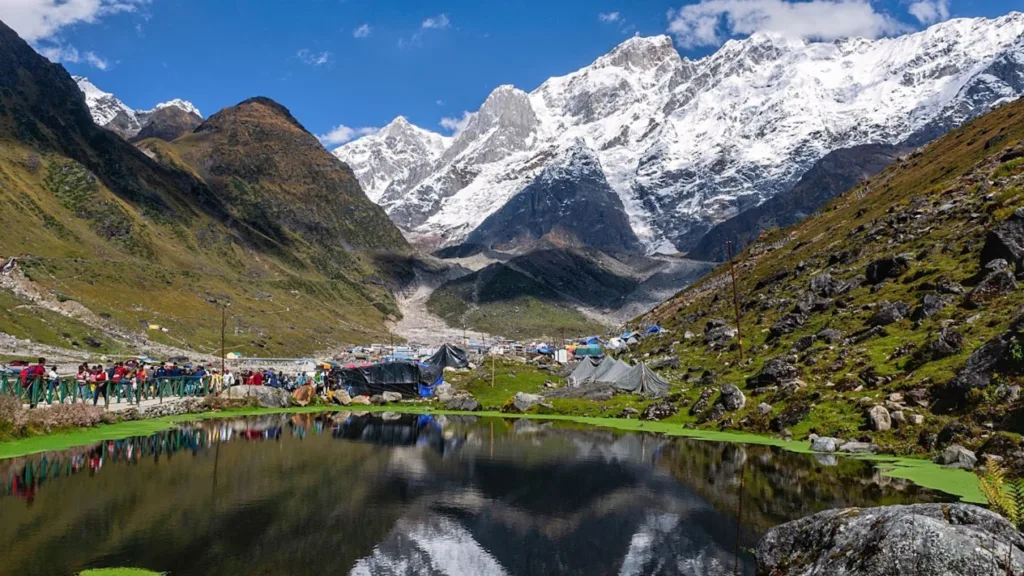
The Sacred Kedarnath
The centuries-old temple, against the backdrop of snow-draped mountains, filled me with a deep sense of tranquillity and reverence. The vision of the holy Kedarnath temple dedicated to Lord Shiva surrounded by the Mandakini river and the exquisite beauty of the landscape was a sight to behold.
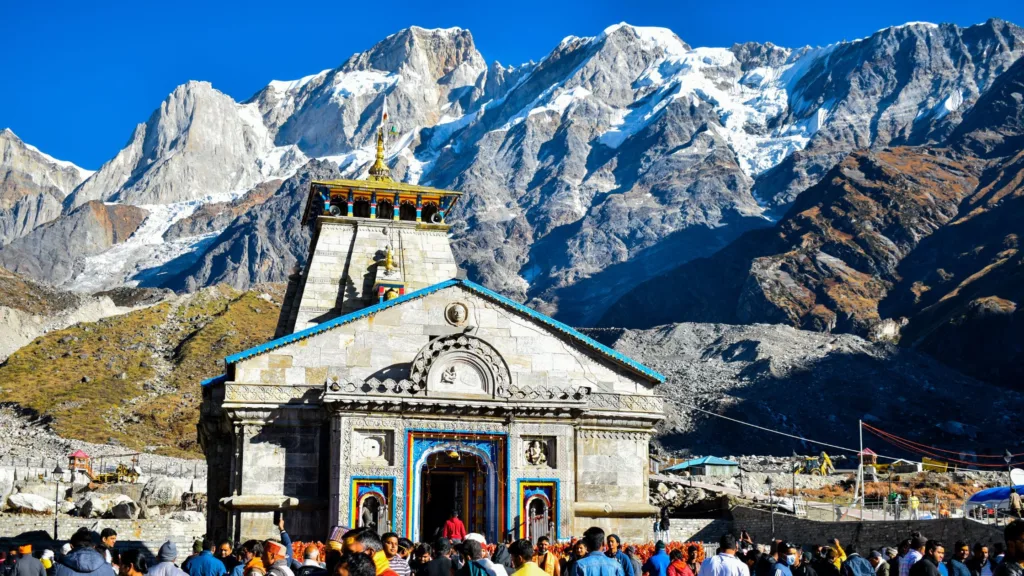
I spent my time there, exploring the magnificent temple and attending the evening aarti. The spiritual atmosphere, combined with the natural beauty surrounding the temple, amplified the magic of Kedarnath.
The Return Journey
Feeling rejuvenated and enlightened, I trekked down to Gaurikund the next day. After resting overnight at Kedarnath, I began my descent early the next morning. The return journey proved to be faster and easier than the uphill journey, as I was now accustomed to the mountain terrain.
Once again, a taxi ride carried me back to Rishikesh. I spent some more time exploring the holy town and even tried some local activities like yoga and rafting on the Ganga River. Then, to complete my spiritual journey, I boarded a night train from Rishikesh to Delhi. The expedition from Delhi to Kedarnath provided me with a sense of accomplishment and heightened spiritual awareness.
The combined experiences of planning, traveling, trekking, and visiting the sacred Kedarnath temple served to enrich my life. For anyone hoping to embark on a similar journey, I hope this firsthand guide serves as both a guide and inspiration.

